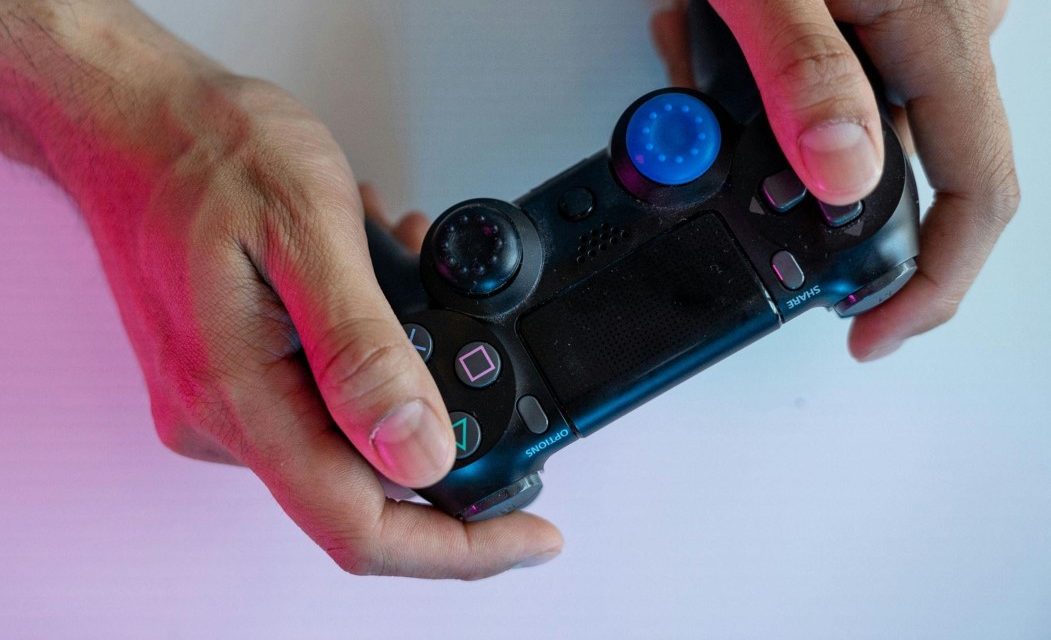Mobile gaming isn’t what it used to be. Once a space for puzzle games and time-killers, it’s now packed with high-performance shooters, console ports, and full-blown multiplayer arenas. With that evolution, more players are wondering: Should I be using a controller?
The short answer? You don’t need one, but in some cases, it definitely helps.
Let’s break down when it’s worth the extra gear and when your thumbs are more than enough.
When a Controller Is Overkill
Before diving into when a controller can take your mobile gaming to the next level, let’s talk about the majority of games out there. The ones designed with touch in mind. These are the titles where a controller adds little to no value and might even get in the way.
Puzzle, Casual, and Card Games
Swipe. Tap. Match. These are the verbs that define some of the most-played games on mobile. Candy Crush Saga, Monument Valley, Hearthstone, Angry Birds, they’re all built from the ground up to be played with your fingers. Adding a controller into the mix? That’s like eating soup with chopsticks.
These games are built for quick interactions and straightforward gameplay. There’s no need for complex input or rapid reactions. A controller would just slow you down.
Turn-Based and Strategy Games
Games like Civilization VI, XCOM: Enemy Within, and SimCity BuildIt let you take your time. You’re not aiming or dodging in real-time. You’re strategizing. Touch controls make this simple and intuitive. Drag to zoom, tap to select, swipe to navigate. No need for extra buttons or sticks.
And this logic extends to a huge category of free mobile games, such as sweepstake casinos. Unlike regular casinos, these games don’t require players to make any deposit, making them a risk-free alternative. Sweepstake casino games are designed specifically for touchscreens, with interfaces that are intuitive and easy to navigate. There’s simply no benefit to using a controller in this setting.
Their gameplay is casual and quick, designed for finger taps, not button combos. The user interface is optimized for mobile-first play, which makes the device itself the only thing you need to fully enjoy the experience.
When a Controller Makes a Big Difference
Still, there are plenty of mobile games that aren’t tap-and-play. And for those, a controller can make all the difference, especially if you’re serious about performance or comfort.
Action, Shooter, and Racing Games
Games like Call of Duty: Mobile, Fortnite, and Asphalt 9 demand speed, accuracy, and tight control. On a touchscreen, you’re limited to a virtual joystick and a handful of tiny on-screen buttons. It works, but not always well.
Controllers give you physical feedback, precision analog movement, and real buttons for every action. You can aim more accurately, pull off combos faster, and hold your phone without cramping your hands after 20 minutes. In fast-paced matches, those small advantages add up.
Whether you’re chasing leaderboard rankings or just tired of fumbling during boss fights, a controller gives you better control and a more comfortable setup.
Console Ports and Cloud Gaming
More and more console games are now available on mobile, Dead Cells, Castlevania: Symphony of the Night, and Stardew Valley, to name a few. Many of these games were originally built for controllers, and trying to map that experience to a touchscreen often feels awkward.
If you’re streaming games via Xbox Cloud Gaming or PlayStation Remote Play, it’s the same story. These are console-quality games being played on a mobile device. With a controller, it actually feels like you’re playing the real thing, just on a smaller screen.
Touch controls might get you by in a pinch, but a controller lets you fully enjoy the depth and mechanics of these games were designed for.
Competitive Edge in Multiplayer Games
Mobile esports is no joke. Games like PUBG Mobile, Free Fire, and Arena of Valor have massive player bases and serious competitive scenes. In these games, precision is everything.
Using a controller can give you a significant edge over players using touch. Faster inputs, better aim, smoother movement, it all adds up. Some mobile games even support cross-play with console or PC players, and if you’re still using touch controls, you’re going to be at a disadvantage.
What Else to Consider Before Buying a Mobile Controller
Even if you play the types of games where a controller helps, there are still a few things to weigh before making the purchase.
Compatibility and Setup
Not every controller works with every phone. iOS users need to look for MFi (Made for iPhone) certified devices. Android has more flexibility, but it’s still worth checking which games support which controllers before you buy.
Setup can also be hit or miss. Some controllers pair via Bluetooth, while others use USB-C or Lightning ports. Some require apps or firmware updates. It’s not difficult, but it’s not instant either.
Portability and Cost
One of the best things about mobile gaming is how portable it is. Pull out your phone and start playing. It’s that easy. A controller adds bulk. It might be worth it for longer sessions or at home, but it’s not the most convenient thing to carry around.
There’s also the cost. A good mobile controller can range anywhere from $30 to $100. If you’re a casual gamer or mostly play short, simple games, that might not be worth it.
Battery Life
Controllers run on their own batteries, and some will drain your phone’s battery faster too. If you’re gaming on the go, you’ll want to keep a charger or power bank nearby—especially for longer sessions or cloud gaming.
Final Word
So, do you really need a controller for mobile games?
No. Most mobile games are still best played the way they were designed, on a touchscreen, with your fingers.
But if you’re playing fast-paced shooters, console ports, or competitive multiplayer games, a controller can make a big difference.
In the end, it all comes down to what you play and how you like to play it. Some players swear by the tactile feel of a controller. Others prefer the tap-and-go simplicity of mobile-native design.
The good news? You’ve got options.









![[Leak] PS5 and PS5 Pro will have discounts of up to €150 this Black Friday](https://vgleaks.com/wp-content/uploads/2025/11/ps5_ps5_pro-150x150.webp)



